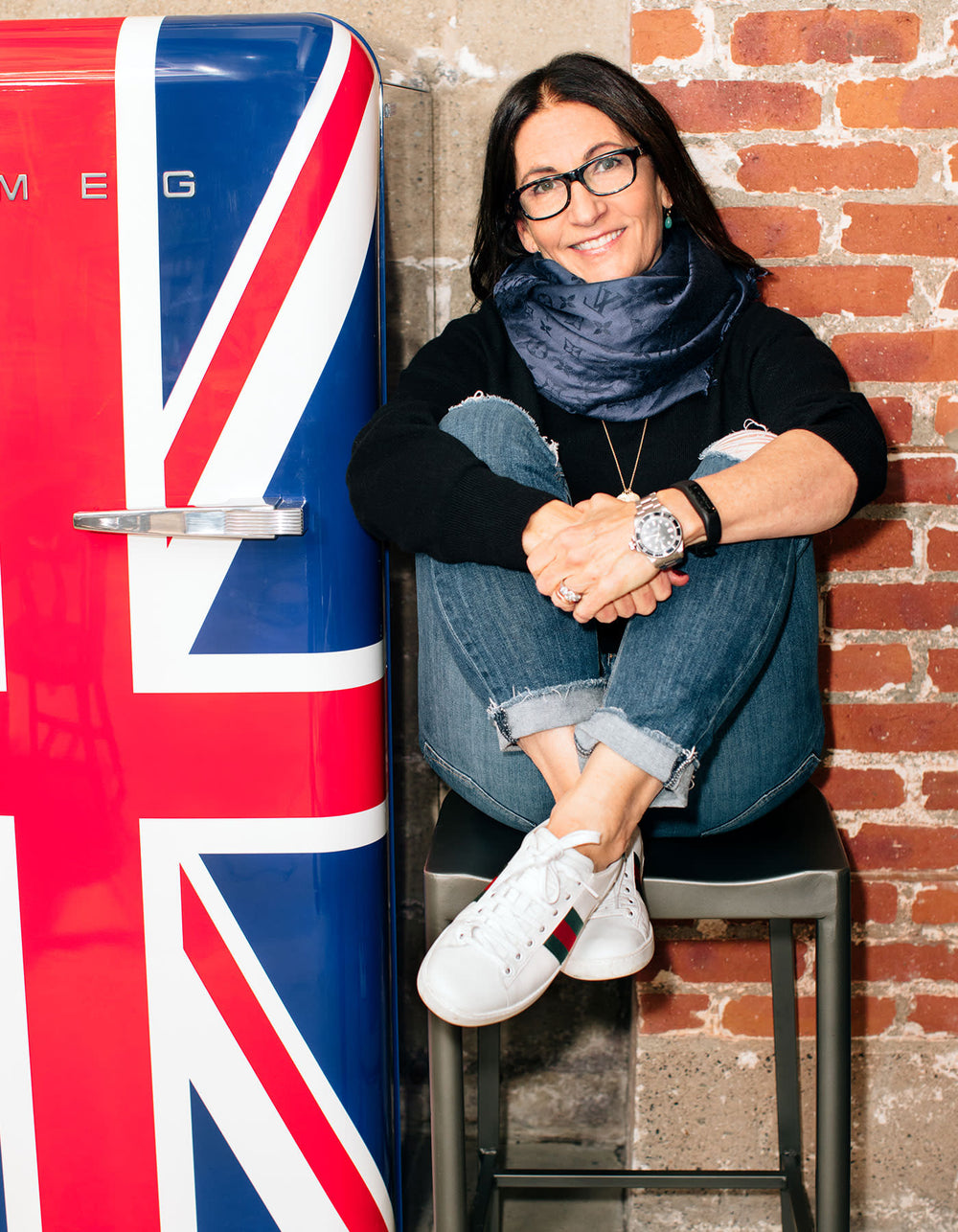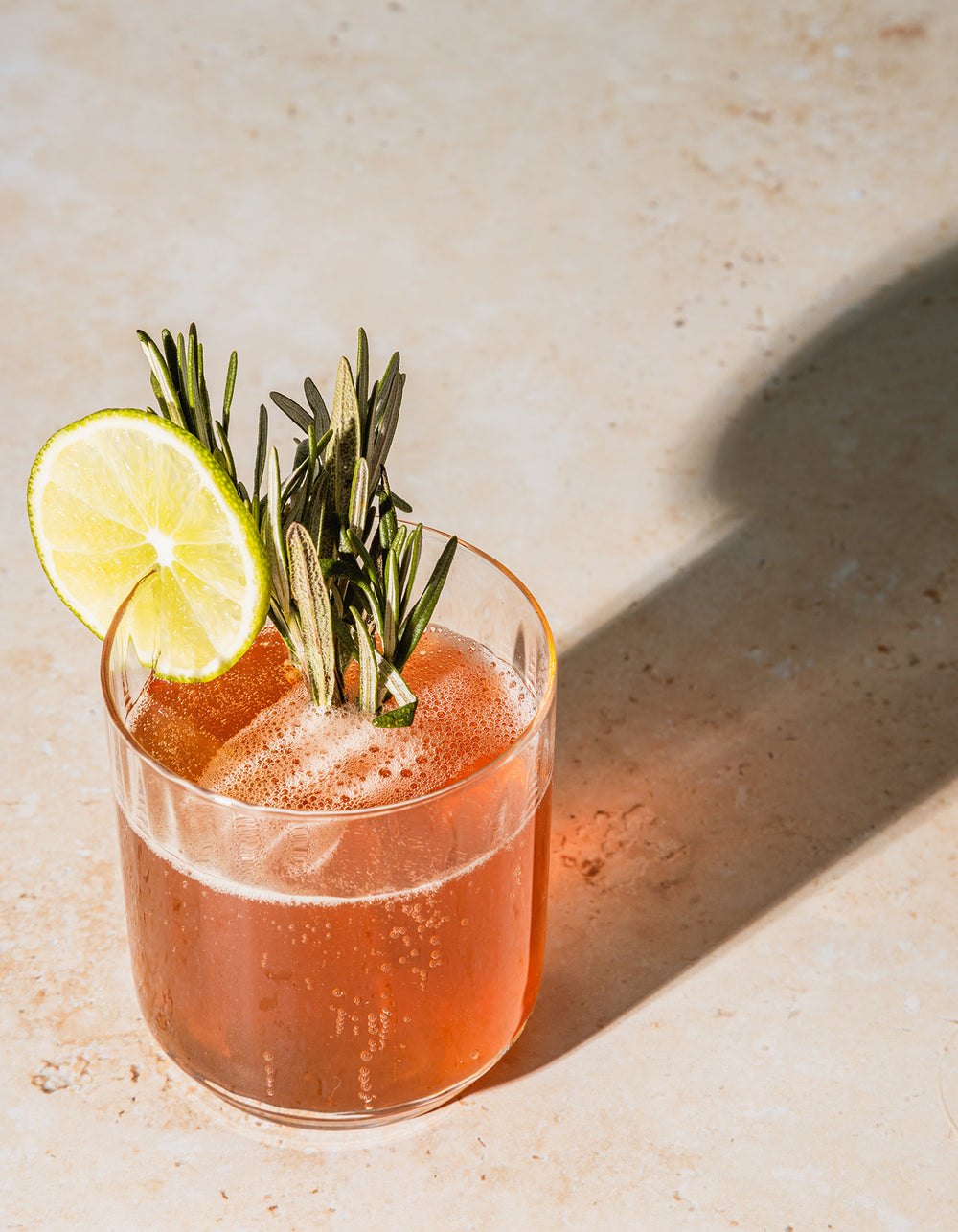
To preface, I am not a doctor, dietician, nurse, or scientist. What I have been forced to become is somewhat of a glucose expert. I am a type 1 diabetic with a rather ravenous appetite and deep love of food. For as long as I can remember, I’ve had a love for cooking, preparing food, sharing it, and devouring it. So when someone like me gets diagnosed with a pathology that inherently seems to limit gastronomic freedom, 14 years ago, my world stopped.
I’ll cut to the good part: I eat, I enjoy and I never feel like I compromise. With years of speaking with the experts; endocrinologists, diabetic dieticians, nurses, fellow type 1 diabetics, and a fair amount of trial and error of my own, I've learned an incredible amount about glucose. How and which foods trigger high blood sugars, how eating at certain times of day triggers blood sugar differently. Or the timing of a low-impact exercise after eating carbohydrates, and the incredible benefits of food pairings for balancing glucose levels.
I used to think that this lifestyle I was forced to adopt and the concern for glucose was reserved only for people like me, diabetics. However, in 2018, a study by Stanford University School of Medicine documented that even people who have a functioning pancreas (aka not diabetics) and are even considered healthy have more glucose fluctuations than was previously thought. “Glucose spikes” or 'highs' as diabetics often call them, are when the amount of sugar in the blood is high after eating foods, most often carbohydrates.
“There are lots of folks running around with their glucose levels spiking, and they don’t even know it,” said Michael Snyder, Ph.D., professor, and chair of genetics at Stanford and senior author of the study. The covert spikes are a problem because high blood sugar levels, especially when prolonged, can contribute to cardiovascular disease risk and a person’s tendencies to develop insulin resistance, which is a common precursor to diabetes, he said.
“We saw that some folks who think they’re healthy are misregulating glucose — sometimes at the same severity of people with diabetes — and they have no idea,” Snyder said.
So how does one avoid this? Take it from me, there is no such thing as a diet, cutting whole food groups out with the hopes of health or weight loss will never quite work. The end game is sustainability and adaptability, something that no matter where you are, or what you have access to, you can apply this formula to get balanced blood sugars.
For a healthy non-diabetic, a fasting blood glucose level should be less than 100mg/dL; two hours after eating, it should be under 140. But even “healthy” foods can lead to highs. The highs and lows are what you want to avoid
The silver lining in my diagnosis has given me the grace of knowing that there is a way to enjoy all foods and live healthfully by keeping glucose levels balanced by following certain tenants.
I have worn a Continuous Glucose Monitor (CGM) for years. Before they were cool. It’s a tiny sensor inserted under the skin that continuously monitors blood glucose levels. While wearing it, you can continuously see glucose or blood sugar levels that start showing trends, and slowly, you aggregate so much data that you know how certain foods, physical activities, and stress levels can influence your glucose.
So what is glucose?
Glucose is not the enemy, we need it! To do physical movement, to think, to see, for blood to flow, it is essential to have it to exert energy. Glucose comes from carbohydrates and sugars that break down into glucose. The key though is to have the equal or balanced amount of glucose that our bodies need for the energy we consume. An athlete is going to need one amount, a more sedentary person will need less. Having too much glucose in your body leads to high blood sugars which create long-term health issues.
How do we avoid high blood sugar?
In my trials and errors of living with this pathology, I’ve discovered a few simple things that make a difference. Here are some of my hacks that have helped me maintain balanced glucose numbers:

1. Breakfast is key. I am not a big breakfast person honestly, but the right food at the start of the day is essential. I've learned in the years of seeing how food affects my blood sugars. What i eat at the start of the day sets me up for the rest of my day. Eating a savory protein-forward breakfast makes a difference - protein and fats don't have carbs so it's not going to spike your blood sugar when I'm personally more insulin resistant after my body was in a fasting state during sleep. This means that my blood sugars tend to go higher after sleep so to minimize higher blood sugars, I stick with more protein and fat than carbs. I still can include carbs, just less of them. I stick to 20-40 grams of carbs at most. Then, fat and protein. That can come in any formula, 1 piece of toast with smoked salmon and fresh herbs, A smoothie with a mix of protein, fat, and fruit. Oatmeal is better paired with some protein and fat, instead of just plain. A frittata with veggies, yogurt with a cup of berries.
2. The irony of life is that I’m a type 1 diabetic that adores dessert. And I have dessert! But I make a few swaps that really make a difference. I love to make my own desserts that way I know what is going into them. Choose your favorite recipe and swap the flour to half almond flour and half oat flour. This lowers the carbohydrate count in the dessert, making it a lower glycemic end product and making it easier to prevent a glucose spike. I also lower the amount of sweetener and try to work with monk fruit, maple syrup, or honey.

3. I do eat pasta! Again, no food is the villain. I know pasta has gotten a terrible reputation for some time, but as someone who lived in Italy for years, and most people there are quite healthy, I learned how to eat pasta, the Italian way. Of course portion is key. I tend to keep it to 80 grams and I pair pasta with vegetables prior. Dieticians I have worked with say that this is because the fiber in the vegetables help prevent glucose spikes when consuming carbs. My numbers seem to be better with this combination. Also, like most Italians, after a meal, I like to go for a walk. Low-impact movement is so helpful for the digestive and consumption or 'burning' of carbs instead of letting them sit in the bloodstream. Remember, glucose is needed for energy so when you have pasta or a carb-centric meal, follow it with a nice low impact activity.
4. My blood sugars are best when I’m not mindlessly snacking. In seeing my glucose numbers, when I’ve mindlessly snacked while sitting, my numbers have gone higher. Of course, if I am hungry between meals I eat, deprivation should never happen, but when I do snack, I tend to have it be a savory snack like roasted nuts with rosemary and a sprinkle of sea salt.
These are just a few tips that have become an integral part of my life and have helped me have better and more balanced blood sugar. It helps with mood, energy, and even weight. But most importantly, I’ve adopted small easy habits that help my overall and long-term health.
 Miracle Balm
Miracle Balm
 The Face Pencil
The Face Pencil
 What The Foundation
What The Foundation


